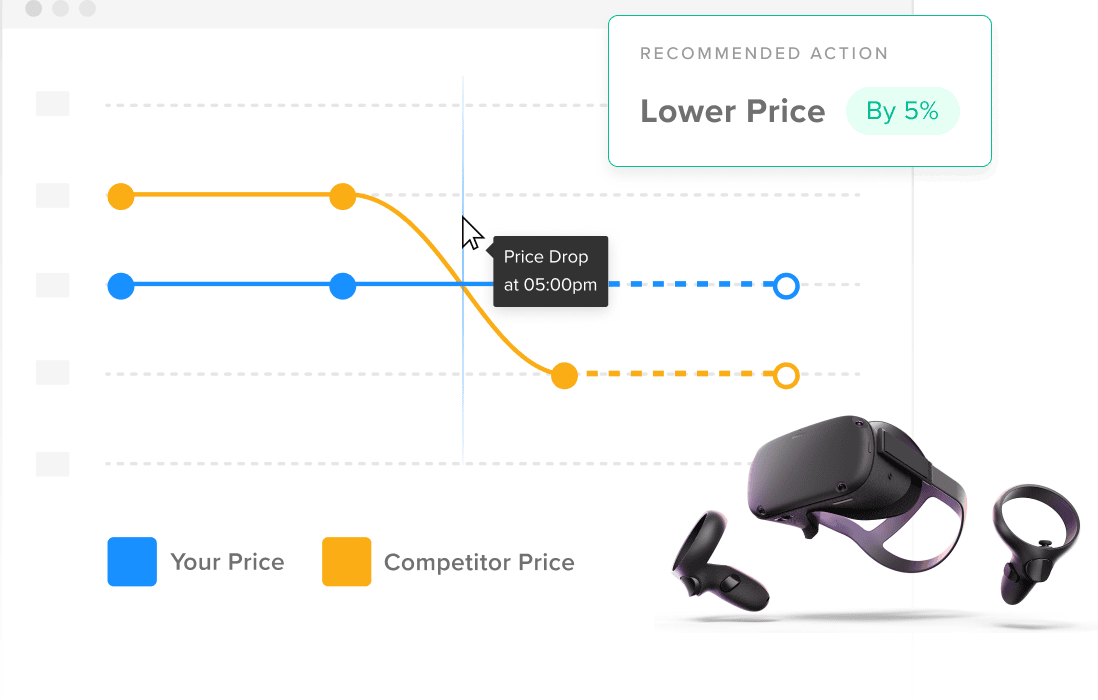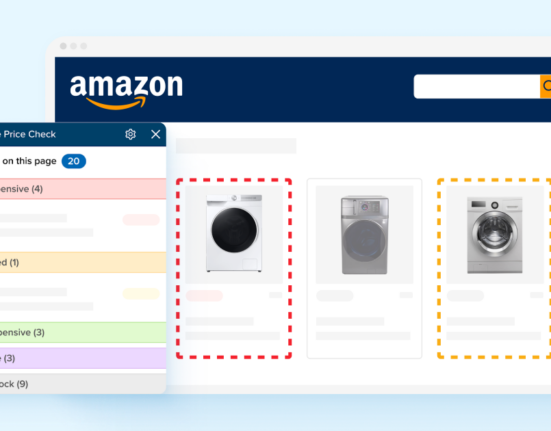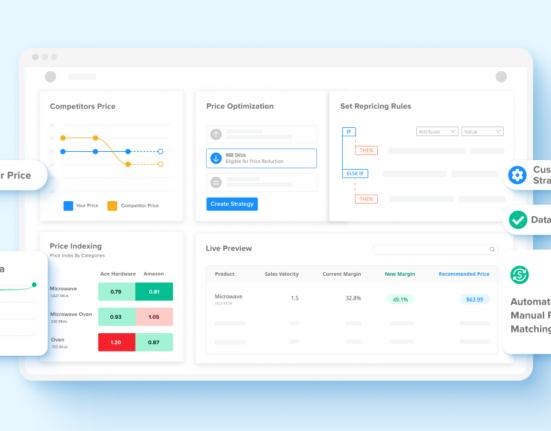In previous posts, we explored the different types of price intelligence tools available to ecommerce businesses and why Wiser’s Price Intelligence solution stands out as the best option. But there’s an important question to consider: how useful is price intelligence without the ability to take immediate and actionable steps based on that data?
Price intelligence, on its own, provides businesses with invaluable insights into competitors’ pricing strategies, market trends, and product positioning. But as insightful as this data can be, its real value lies in what you do with it. Simply having access to competitive intelligence isn’t enough—especially if you’re stuck manually adjusting prices or struggling to develop pricing strategies that keep you ahead in a constantly evolving market. This is where price optimization comes into play, and why relying solely on price intelligence without a complementary price optimization tool could be holding your business back.
The Challenges of Price Intelligence Without Optimization
While price intelligence offers a clear view of the competitive landscape, the actual implementation of pricing changes can become a daunting task without the right tools in place. Businesses that rely solely on price intelligence often face a set of common challenges:
- Manual Data Management
Price intelligence alone typically involves labor-intensive processes, from gathering data to making strategic decisions. Without a price optimization tool, pricing teams may find themselves stuck manually updating prices based on the data collected, a process that is not only time-consuming but prone to human error. This also leaves little room for strategic price planning, as teams are bogged down with routine, reactive tasks.
- Complex Discount Management
Promotional pricing is one of the most powerful tools businesses have, but it becomes a complex balancing act without automated solutions. Managing discounts across various channels, SKUs, and timelines manually increases the likelihood of misaligned promotions or, worse, missing out on opportunities altogether. How can businesses ensure that they’re offering the right discounts, at the right time, if they’re relying solely on reactive pricing decisions from competitive intelligence data?
- Multi-Channel Price Book Management
Most ecommerce businesses operate across multiple channels—be it online marketplaces, direct-to-consumer sites, or physical stores. Without price optimization, managing and synchronizing multiple price books becomes an overwhelming task. Pricing teams often find themselves with inconsistent prices across channels, leading to reduced margins, customer dissatisfaction, and lost sales.
- Lack of Flexibility and Control
Existing systems for manual pricing adjustments can be cumbersome and limit the pricing team’s ability to quickly adapt to changing market conditions. These systems often lack the flexibility and control needed to optimize prices dynamically based on real-time market changes, making it difficult to stay competitive.
When Price Optimization Becomes Essential
Recognizing these inefficiencies is often the first step toward realizing the need for price optimization. Some clear signs that your business might need a price optimization tool include:
- Inefficiencies in current processes: If you’re seeing falling conversion rates, shrinking margins, or gaps in your pricing strategy, it’s likely that relying on manual processes and basic price intelligence alone isn’t cutting it.
- Expansion into new markets or products: As your business grows, so does the complexity of your pricing strategy. Managing distinct pricing strategies for different product lines, markets, or sales channels requires a level of precision and automation that price intelligence alone cannot provide.
- Limited ability to act on insights: Many businesses find that while they can gather competitive data, they lack the tools to translate those insights into actionable pricing strategies that drive meaningful results.
Wiser Price Optimization: Turning Insights into Action
This is where Wiser’s Price Optimization product bridges the gap between knowing and doing. Price optimization takes the competitive intelligence you gather and turns it into automated, data-driven pricing strategies that save time, increase efficiency, and ultimately boost profitability.
Here’s how it works:
- Automated Strategy Creation and Execution
Wiser’s Price Optimization tool allows you to create simplified, code-free workflows to design pricing strategies that fit your business. You define a series of conditions and calculations that determine when and how your products should be repriced. For example, you can create dynamic strategies based on factors like competitor price changes, inventory levels, or demand fluctuations.
These strategies aren’t just reactive—they’re proactive. Instead of waiting for your competitors to force your hand, you can anticipate market trends and set pricing rules that optimize for seasonality, product lifecycle, and consumer behavior.
- Real-Time Adjustments
The power of price optimization lies in its ability to make real-time pricing adjustments based on competitive intelligence. Using Wiser’s tool, you can monitor the market in real-time and apply dynamic pricing changes instantly, ensuring you stay competitive across multiple channels without manual intervention. Whether it’s an automated price drop during a flash sale or a strategic price increase during a high-demand period, you remain agile.
- Simulation Mode and Live Preview
Wiser’s Price Optimization tool offers a simulation mode that lets you test your pricing strategies before they go live. This feature enables you to preview the potential impact of pricing changes, allowing you to fine-tune strategies without affecting your actual prices. You can also use the live preview feature to see how changes will affect your catalog in real time, giving your team confidence in the decisions they’re making.
- Integration with Third-Party Data
One of the key benefits of Wiser’s Price Optimization product is the ability to integrate third-party data sets into your pricing rules. By combining historical sales data, competitor insights, and other custom attributes, businesses can create holistic pricing strategies that consider all angles. For example, by integrating sales performance data, you can better understand price elasticity and make more informed decisions that maximize both sales volume and margins.
The Bottom Line: Don’t Stop at Intelligence—Optimize It
While price intelligence provides critical insights, its full value is only realized when paired with price optimization. Relying solely on competitive data without the ability to act on it quickly and strategically can leave your business vulnerable to inefficiencies, margin loss, and missed opportunities.
With Wiser’s Price Optimization product, you don’t just get a snapshot of the market—you gain the ability to craft a dynamic pricing strategy that adapts to real-time changes. From automated repricing to real-time simulations, Wiser transforms raw data into actionable strategies that empower your business to stay ahead in a competitive ecommerce landscape.
Don’t let price intelligence be the end of your pricing journey—let price optimization take you to the next level.









